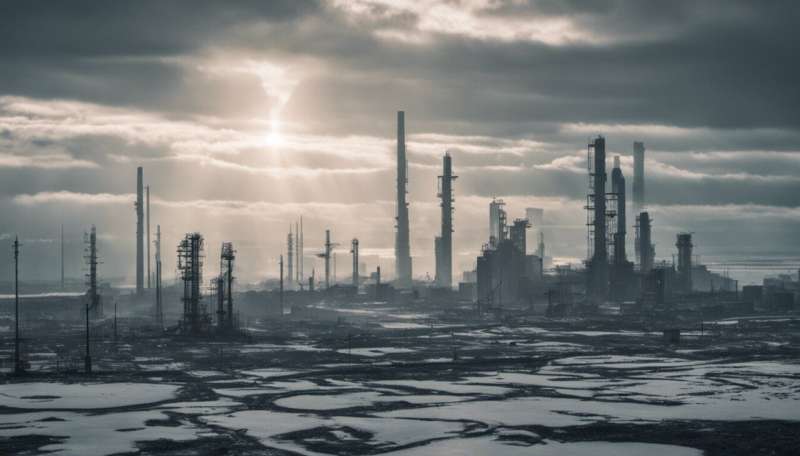
Credit: 3rdtimeluckystudio/Shutterstock
New research published in the journal Climatic Change finds that media coverage can have long-lasting impacts on public opinion when it comes to technological solutions to deal with climate change, such as reflecting sunlight away from the Earth.
Researchers say that as concern about global climate change continues to rise, more attention has been given to the search for effective, feasible and acceptable means of cooling the planet.
The study conducted by an interdisciplinary team from Georgia State’s Department of Political Science and the Urban Studies Institute investigated responses to implementing or simply conducting research on a proposed way to artificially reduce incoming solar radiation through the release of reflective particles into the stratosphere, known as “Stratospheric Aerosol Injection” or SAI.
The research team included Professor of Political Science Toby Bolsen, Professor of Urban Studies Risa Palm and Russell Luke, a Ph.D. candidate in political science. They analyzed news stories on SAI in U.S. media outlets published between 2014 and 2022 to identify the key frames used to describe these technologies in coverage. The team administered an experiment on a nationally representative survey of more than 2,000 respondents in the fall of 2022.
The experiment randomly assigned respondents to read different “news stories” that either included positive or negative arguments about SAI. The research team developed quotations that were formatted like news stories with content that was based on previous news coverage. Positive media-like stories included terms such as “safe” and “cost-effective,” comparing the technology to the impacts of volcanos. The negative media stories used terms such as “unproven,” “risky” and “weaponized.” An even more negative media story used terms and phrases such as “technofix,” “hack the planet” and “control the climate.”
Because this technology is relatively unfamiliar to the general public, the way it is framed has a powerful influence on whether people support the technology or favor continued research on it. In addition, the negative frames overpower and counteract the positive frames over time. This suggests that as the public learns more about the possibility of using solar geoengineering as a measure to cool the climate, any negative press may result in strong resistance to this technology.
SAI has been proposed as a temporary measure to cool the climate while other measures such as carbon dioxide emissions reduction measures take effect. Palm notes that some opposition to the funding of research on this technology has emerged in response to the argument that its implementation could legitimize this alternative and reduce the urgency of implementing more permanent solutions. Researchers say the public’s response to information about these types of technologies is likely to become a critical and controversial issue in the coming decades.
More information:
Toby Bolsen et al, Public response to solar geoengineering: how media frames about stratospheric aerosol injection affect opinions, Climatic Change (2023). DOI: 10.1007/s10584-023-03575-4
Citation:
Negative coverage can impact opinion on climate engineering research, study finds (2023, September 14)
retrieved 14 September 2023
from https://phys.org/news/2023-09-negative-coverage-impact-opinion-climate.html
This document is subject to copyright. Apart from any fair dealing for the purpose of private study or research, no
part may be reproduced without the written permission. The content is provided for information purposes only.
>>> Read full article>>>
Copyright for syndicated content belongs to the linked Source : Phys.org – https://phys.org/news/2023-09-negative-coverage-impact-opinion-climate.html































